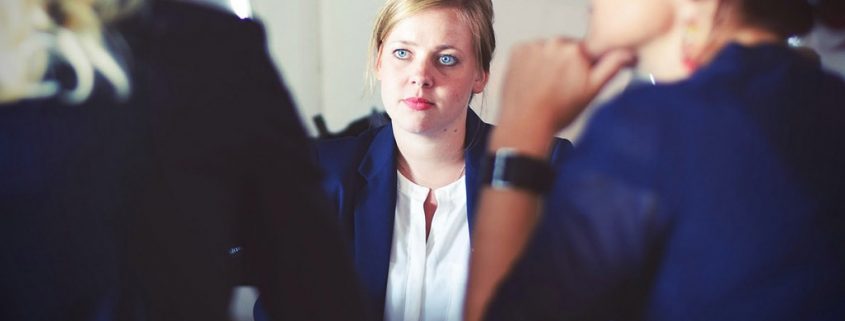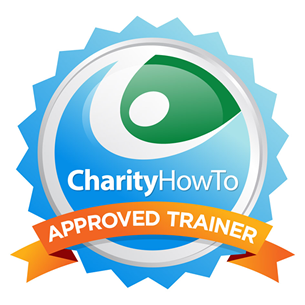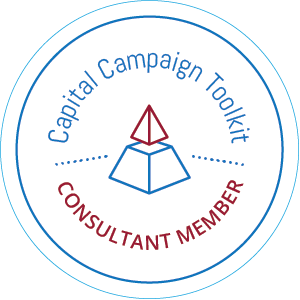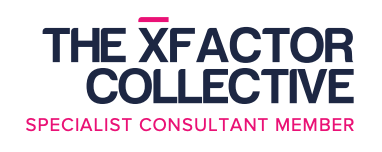Meetings, meetings, meetings. We all know them, and we all attend them.here are three types of meetings and the way that you position yourself physically within the meeting could make a world of difference. Including meeting with our donors.
But, did you know there are three types of meetings, and the way that you position yourself physically within the meeting could make a world of difference to the meetings outcome? Yes!

Meetings, meetings, meetings! Are they positioned correctly?
So, what are these three essential meeting types and how can you best position yourself?
The three types of meetings are collaborative, presentation, and decision.
What is the difference between them?
A collaborative meeting is when you are engaging in an interactive meeting working as equals towards a common goal. These might be meetings held between department managers, Board members, or any other type of peer working group.
A presentation meeting is when you or someone else is presenting to or facilitating a group. You may be demonstrating a strategy, conducting a PowerPoint, or making a case. In this mode, you are in front of the audience.
A decision meeting is when there is a decision to be made, and the meeting needs cooperation to make that decision.
Can you see any one of these meetings between yourself and a donor? I sure can. In one instance, you may work together to volunteer on a project (collaborative), or you may be presenting your case for support (presentation), or asking for a gift (decision).
So, how do you position yourself at each of these meetings to affect the result?
Well, in a collaborative meeting, you surely want to create a high level of interaction, so you must create an “equal” seating pattern. In this case, round seating arrangements would work well. They foster a sense of contribution, collaboration, and community. Avoid at all cost, any seating position that places people at the “head” or in prominent positions of power.
In a presentation, the goals are to create connection and interaction. Presenters need to move freely within the group while working one-on-one with others and connect folks through hand gestures. The facilitator or presenter is in a spotlight, and they regularly bring others to the stage making them look good.
In a decision meeting, the power must always seem to be in the decision makers hand, even if it is not. Folks sitting at the head and foot o the table are in power positions, and those facing inside seats are more peer oriented. One must always work in this case to keep the power dynamic at the forefront through seat positioning.
So the next time that you have a donor meeting scheduled, think about what the aim of the meeting is and how you are going to position yourself at the table. Sometimes meetings can be much more than meets the eyes and you want to be sure to use all the tools in your potential toolbox as you can to have a successful outcome.











Leave a Reply
Want to join the discussion?Feel free to contribute!